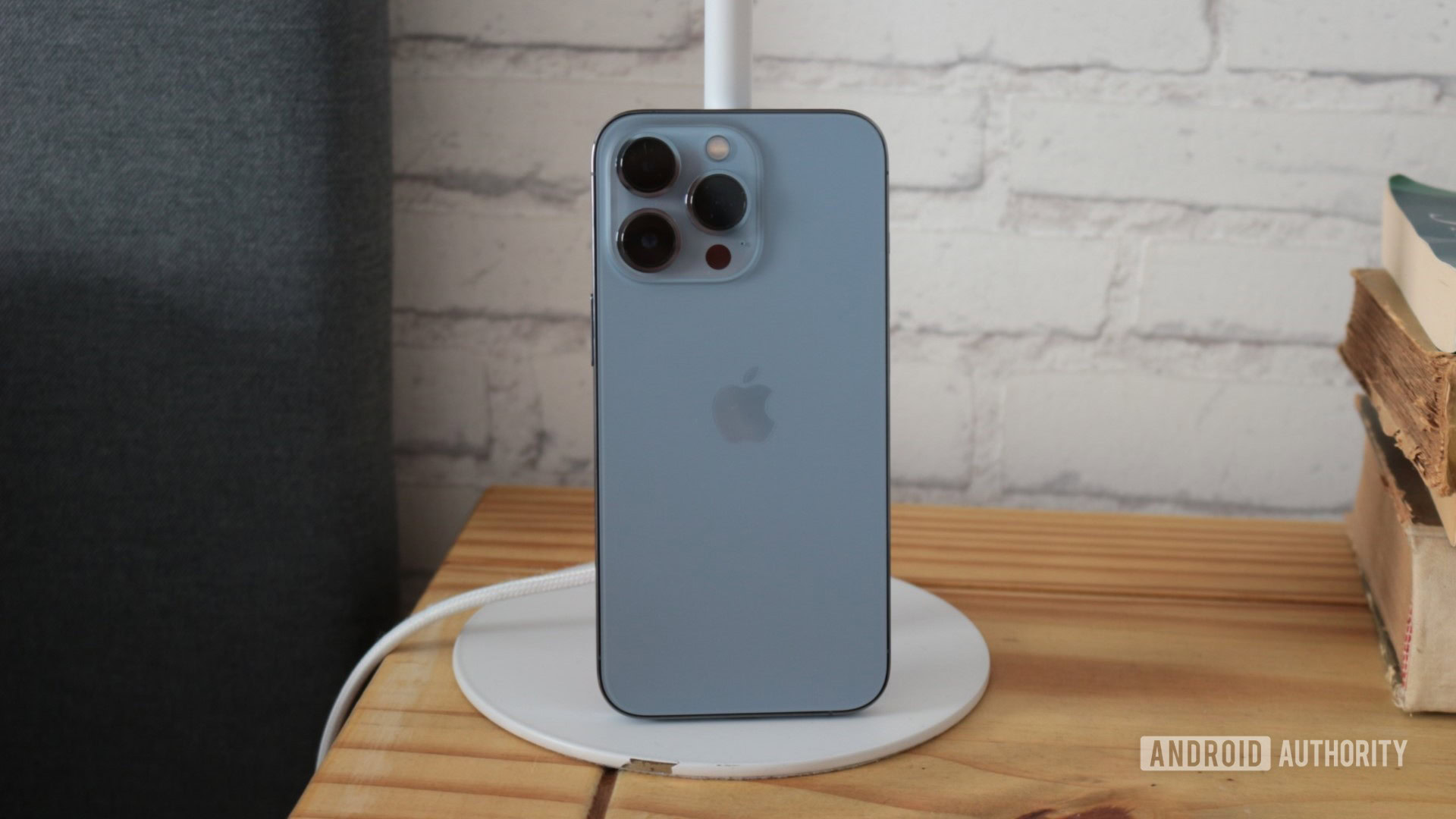Affiliate links on Android Authority may earn us a commission. Learn more.
iPhone 13 Pro revisited: The good and bad six months later
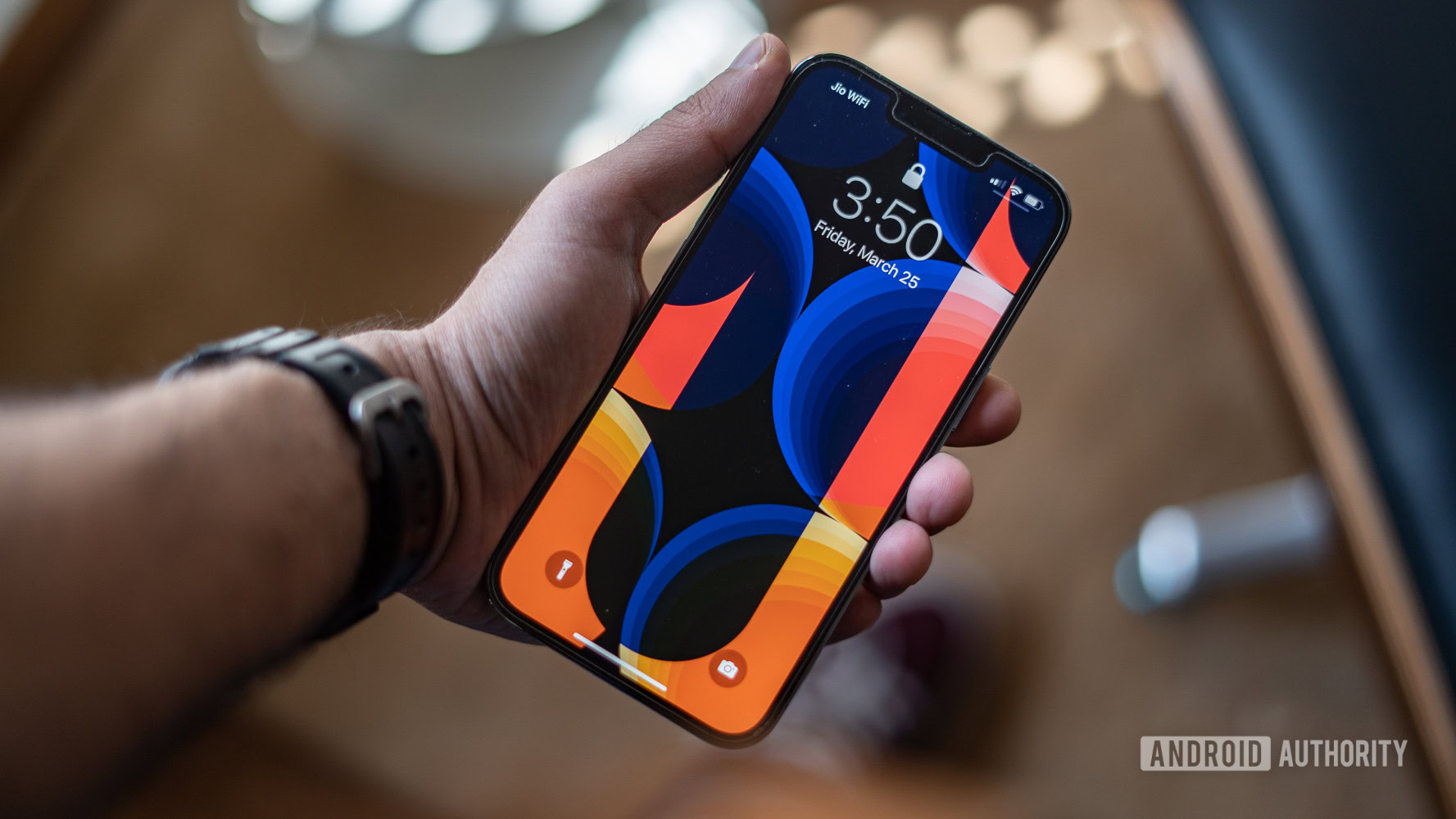
There’s no questioning the success of the iPhone. In fact, Apple apparently sold well over 40 million units of the iPhone 13 series just over the 2021 holiday season. The iPhone 13 Pro is one phone (two if you count the larger, but essentially identical iPhone 13 Pro Max) holding its own against an army of some of the best Android flagships, and succeeding at it without a need to delve into the nitty-gritty of spec sheets and behind-the-scenes action. Instead, the company focuses on the experience as it looks to tempt buyers into its wider product ecosystem.
Apple is also one of the rare brands openly embracing the fact that users don’t need to upgrade phones every year, or even two years. Modern iPhones remain well supported for five years or more. To that effect, the yearly releases are no longer essential purchases and often you’d be wise to save some cash by opting for a slightly older model. With that in mind, how well does the iPhone 13 Pro hold up six months later? That’s what we aim to find out in the Android Authority iPhone 13 Pro review revisit.
Our original verdict: iPhone 13 Pro review
The good
Design
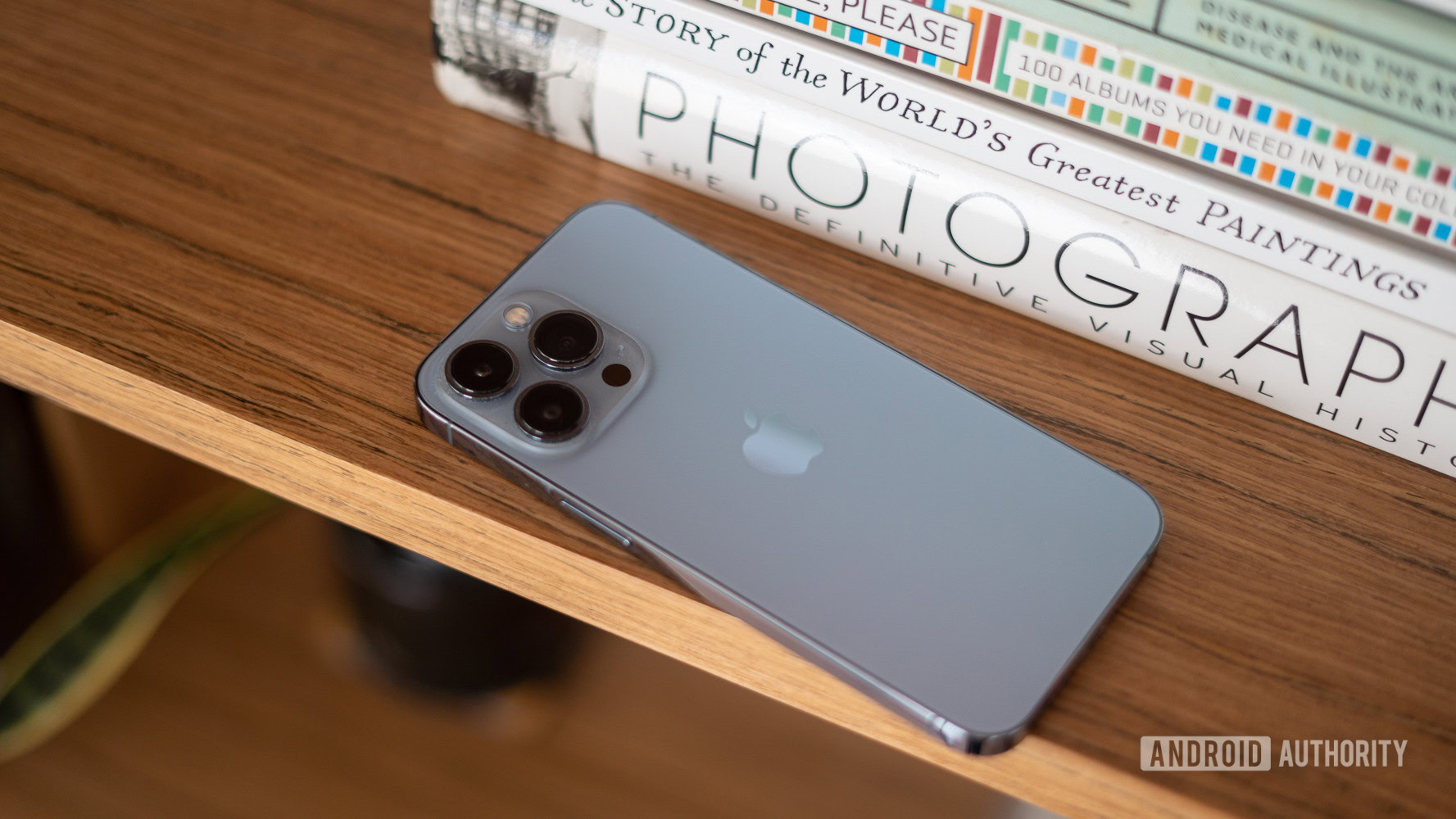
The iPhone 13 Pro never had a revolutionary design to begin with. However, it built itself on the excellence of the iPhone 12‘s design, which itself didn’t scream out its presence. Instead, the sharp lines and muted colors whisper understated elegance. More significantly, the phone has held up rather well in the time I’ve had it. The tactile feedback is still rock solid and premium. Errant fingerprints on the rear panel are easily wiped clean. That said, I’m less enthusiastic about the shiny metallic side rails that tend to attract scratches. I’d recommend slapping on a case to protect your pricey purchase.
The iPhone 13 Pro is also one of the few mainstream flagships to ship in a size that’s perfectly suited for my hand — in its default configuration. The 6.1-inch 120Hz display is more than sufficient for day-to-day tasks, and even heavy browsing. I’m not much of a smartphone gamer, but the larger iPhone 13 Pro Max offers an alternative for those who need something bigger. It all comes down to which you value more, ergonomics or massive real estate.
Performance
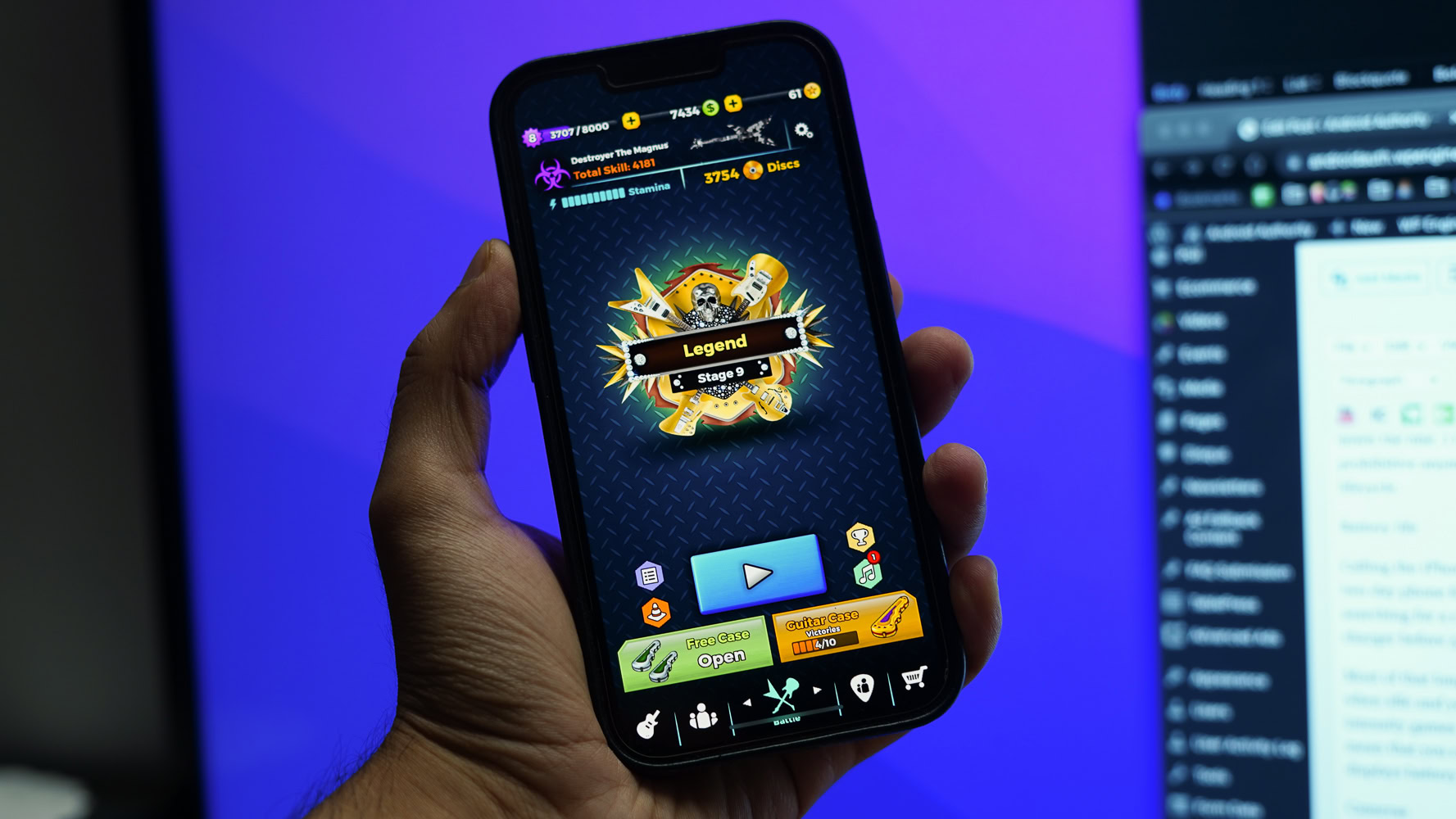
Having used the phone as a secondary device ever since it launched, it has stuck to the oh-so-important theme of consistency I touched upon in my review. From launching apps to scrolling through the interface and heavy multitasking, the iPhone 13 Pro remains as silky smooth as day one. That’s in sharp contrast to some other flagships that haven’t fared quite as well, in my experience.
The all-out performance is great, but it's the longevity afforded by it that's the true selling point.
The understated advantage of that all-out performance is, of course, the longevity. Flagship phones are expensive, and iPhones are near the top of the pile. But they remain functional and performant years down the line. I like looking at Apple products as a five-year purchase. From that lens, the cost isn’t as prohibitive anymore considering that the phone will still retain most of its grunt even near the end of its lifecycle.
Battery life
That blistering performance is also matched by class-leading battery optimization. Calling the iPhone 13 Pro’s battery life incredible would be doing it a disservice. This is by all measures a two-day phone for me. In fact, the iPhone 13 Pro is the only phone I’d trust to last me through a night out without searching for a charger beforehand. For context, I’m usually looking to slap the Galaxy S22 Ultra on a charger before 5PM.
Most of that longevity comes from the astonishingly frugal standby battery drain. The phone sips battery when idle and you’ll observe a drop of 2-3% at best overnight. It isn’t impossible to kill the phone though. High-intensity games like Genshin Impact do put a dent in the battery. However, the battery optimizations mean that you can game that much longer than the alternatives. Even after extensive use, the iPhone 13 Pro displays battery health at 97% — and I’m convinced it’ll serve me just fine for many years to come.
Cameras

But what really matters is the final result from that main camera. Now, it’s a perfectly subjective choice here, but the iPhone’s proclivity to opt for realistic colors and ever-so-slightly warmer white balance tips the scales in its favor for me over other flagships.
The iPhone 13 Pro’s primary camera comes across as more true to life than the hyper-saturated colors and night-turned-to-day shots from some phones. Yes, a fair few Android phones can outperform the iPhone’s photos in perfect light, but perfect lighting is just one scenario. Where many phones opt for digital noise reduction, the iPhone is perfectly content letting in a bit of grain — just like film. This is something I’ve really appreciated on Pixel phones as well. I’ve also really come to appreciate the iPhone’s handling of color and white balance across multiple lenses. All of which is to say, the imaging experience here matches the cornerstone of iPhone ownership — consistent reliability. You can trust this phone to snap a pic without worrying about how it will turn out.
Of course, iPhones are known for their video quality and nothing has changed on that front. Examining footage from the iPhone 13 Pro and the Samsung Galaxy S22 Ultra side by side, the iPhone 13 Pro wins by a decent margin. Not only is there more detail, but the excellent stabilization, exposure control, and color science all come together to deliver the best video footage you can get out of a smartphone right now.
Check out: The best camera phones
The not so good
Charging
The tremendous battery life of the iPhone 13 Pro comes in handy, because charging it is a chore. The phone is hamstrung by the Lightning connector. The antiquated port neither supports super-fast charging like recent Android phones, nor does it deliver high-speed data transfers. In fact, you’ll have more luck getting files off the iPhone using AirDrop or even the cloud over connecting it via a cable. Seriously, get with the times, Apple. Now that the entire ecosystem of Apple products, barring the iPhone, uses USB-C, there’s really no excuse not to adopt the universal connector. But I digress.
The brutally slow charging speeds are a no-go in 2022.
The charging power you’ll get here tops off at 23W — and that’s only with an appropriate charger. Wireless charging is also locked to 7.5W unless you splurge on a pricey MagSafe charger. In a world where some brands are pushing beyond 100W and even Samsung is hitting 45W, the iPhone 13 Pro’s slow charging comes across as a bit of a joke.
Camera (again)
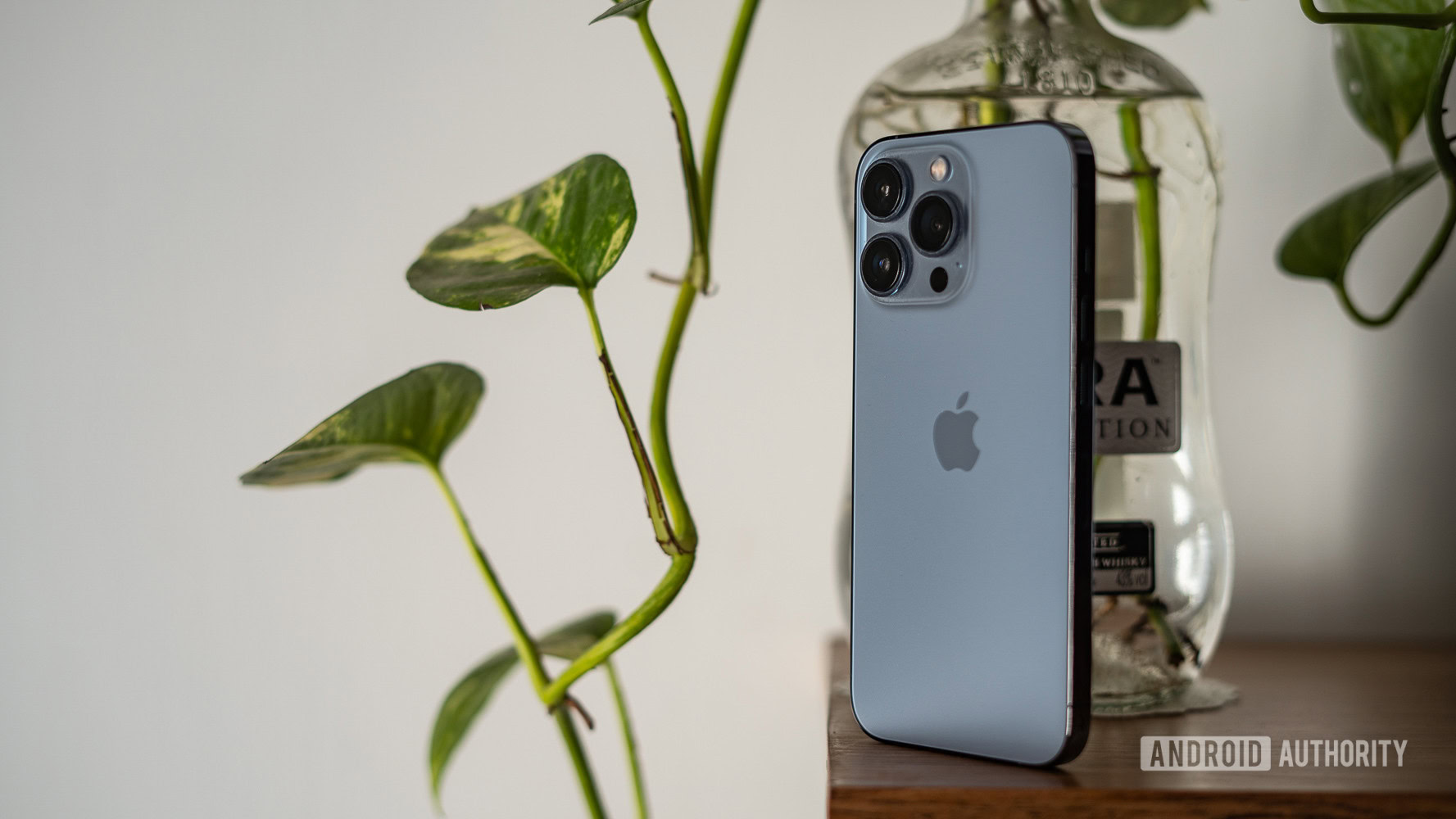
The iPhone’s camera is very good. I would even go as far as saying that it is amongst the best in the business, and I’ve already talked about how much the results speak to my tastes on a personal level. But it’s not perfect. One of the more notable issues ailing it is a consistent lens flare anytime you are shooting into the light. Additionally, the downside of having less aggressive HDR than Android alternatives is that the phone can sometimes struggle with dynamic range. I found this to be particularly true when shooting a portrait against the sun. The camera also has a tendency to wash out the sky altogether and the telephoto zoom isn’t on the level of many Android flagships.
You can check out how the iPhone 13 Pro Max, which has an identical camera setup, fares against some of the best phones around in our shootouts:
Software
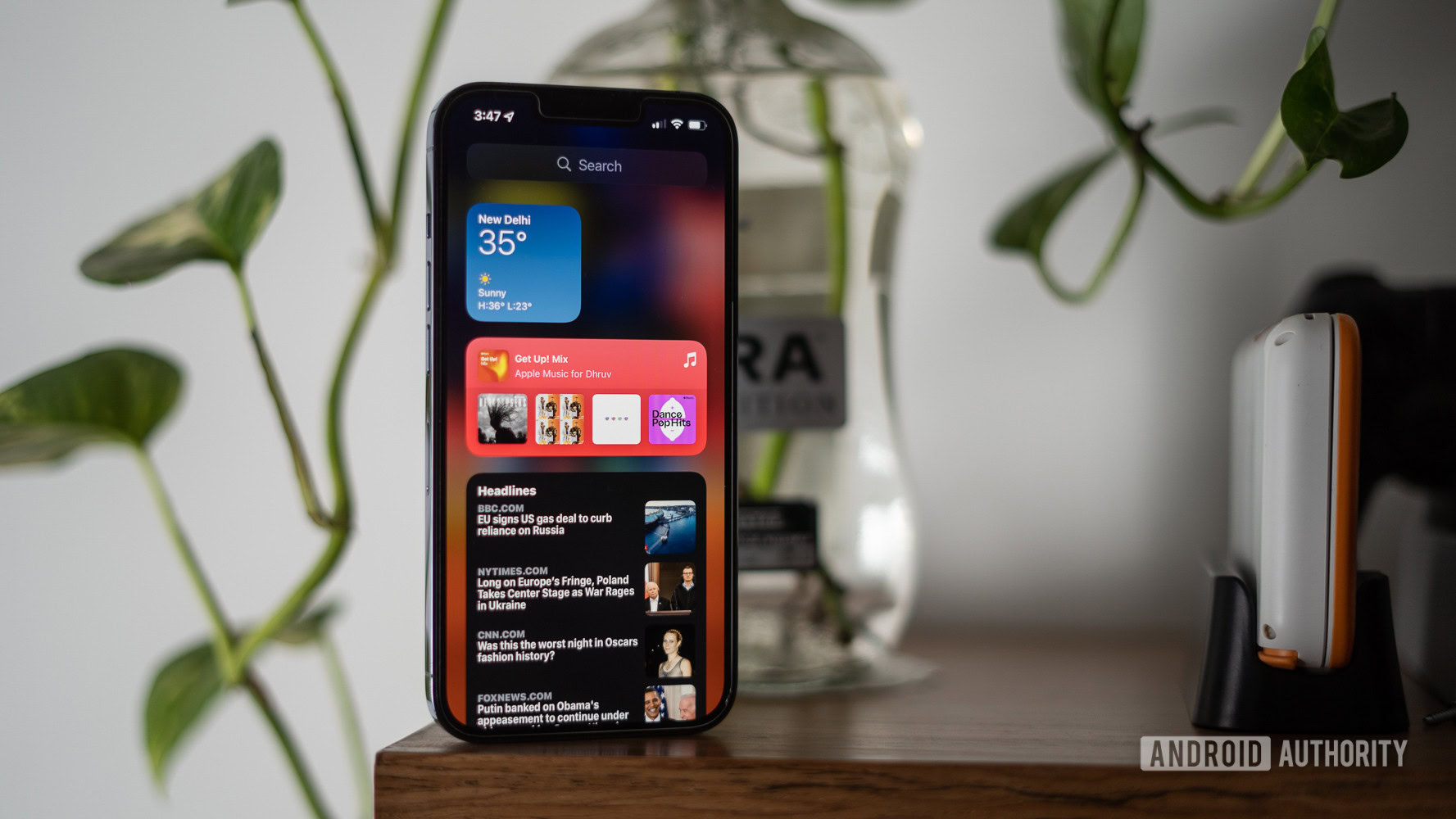
iOS is good, until it ain’t. My experience with iOS has been rather excellent for the most part. However, it is hard to overstate how poorly the operating system manages notifications. For the most part, it is just a steady stream of notifications, and clearing them out is a mix of one tap to clear or, in most cases, swiping them away one app at a time. It requires too many steps to interact with or clear them all out.
The iPhone's notifications system is incredibly annoying and needs a significant reboot.
Elsewhere, the addition of widgets was a good call, but the lack of a home screen and app drawer hierarchy can add to a lot of visual clutter. I find myself making use of Spotlight search to find and launch my preferred apps rather than poring over pages upon pages of apps.
Face ID
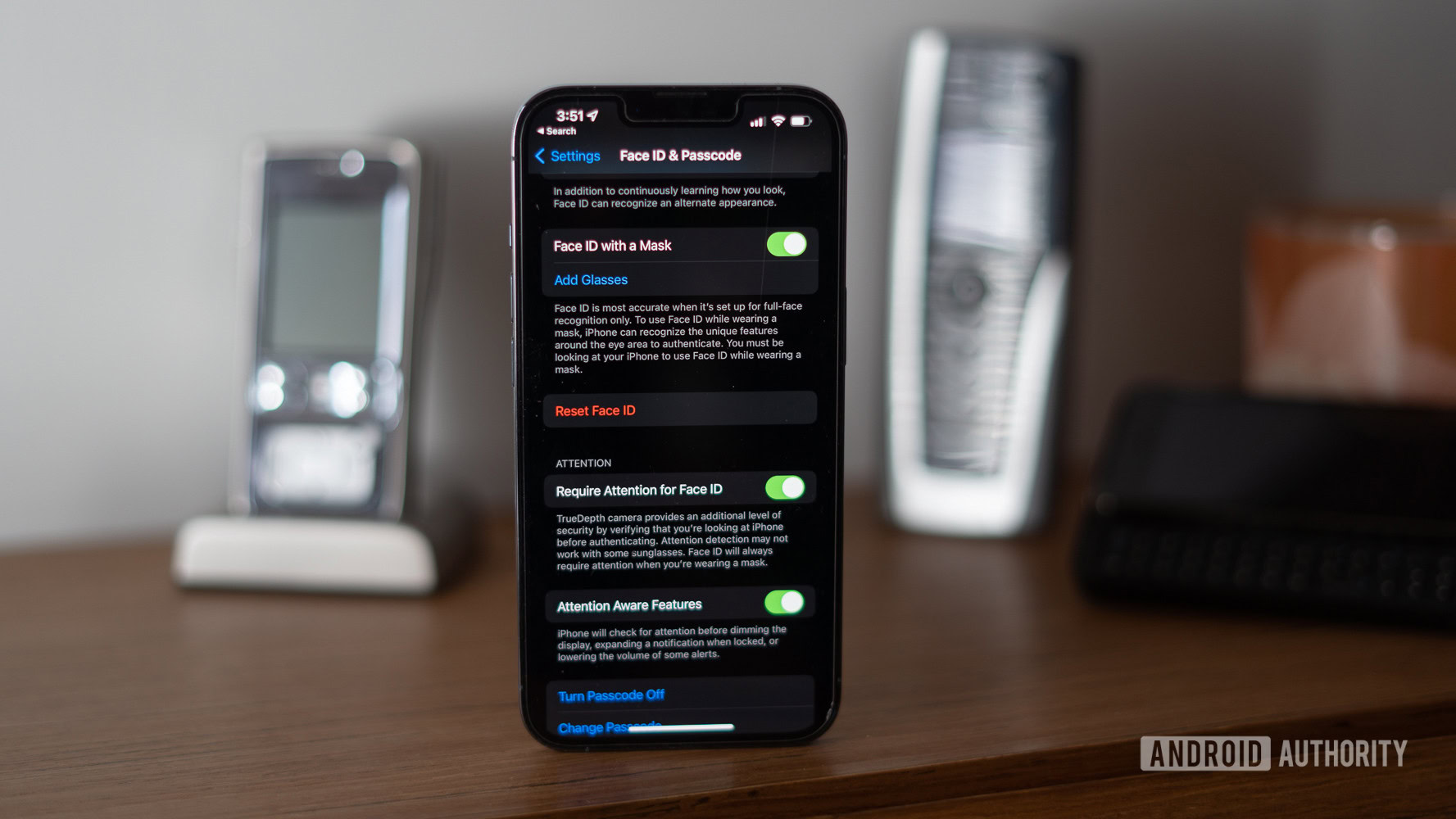
The last two years of the pandemic have reinforced the importance of fingerprint readers. The iPhone finally got mask support for Face ID (without the need for an Apple Watch) in March 2022, but that was too little too late. The implementation isn’t perfect and has been pretty much 50/50 in my experience. It also fails when using accessories like sunglasses.
You know what would have worked flawlessly? A return to Touch ID. We know that Apple can make it work. The iPad Air already ships with a fingerprint reader embedded in the power button. It isn’t a stretch to imagine a fingerprint reader included in the iPhone’s power button either. Don’t get me wrong, Face ID works brilliantly well as long as you’re not wearing a mask, but it’d be nice to have options.
Read more: The best iPhone 13 alternatives
iPhone 13 Pro review revisited: The verdict
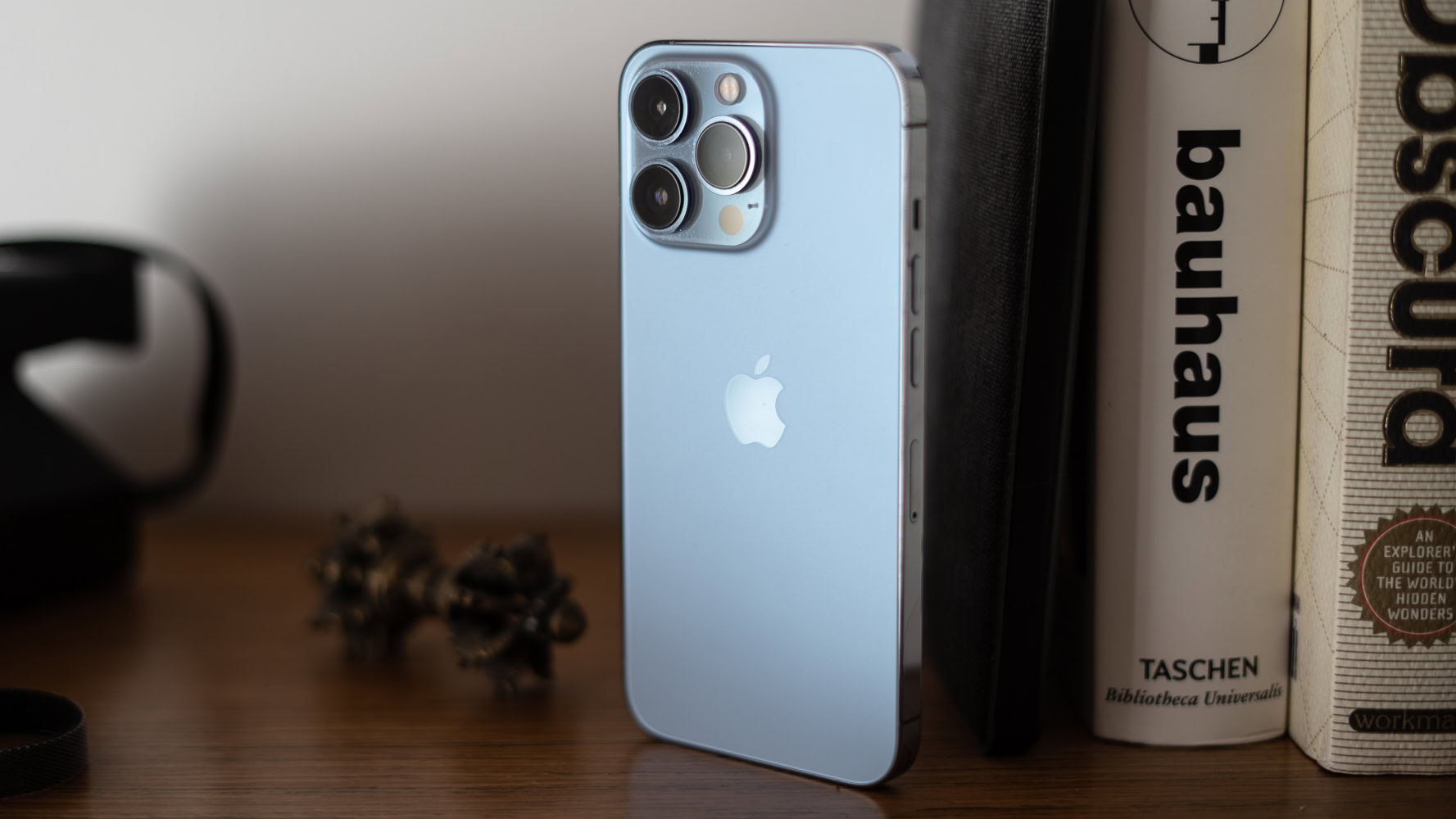
For all its follies, the iPhone 13 Pro makes up for them with a user experience that, as the most popular phone series in the world, sets a high benchmark for all smartphones. The fluidity achieved by the pairing of hardware and software is as good as anything else in the market, but it one-ups much of the competition by maintaining that silky smooth user experience over time. The timeless design, incredible display, and reliable cameras round off the package and make it an easy recommendation if you want to take a walk on the Apple side.
Is the iPhone 13 Pro still a good purchase six months later?
Apple’s insistence on sticking to “features” like the Lightning connector and slow charging are speed breakers, sure, but they don’t take away from the fact that the iPhone 13 Pro remains one of the best phones you can buy, even six months down the line. Moreover, this is a phone that will last you, and last you well for many years to come. Buying into Apple’s ecosystem requires buying into some conformity, but the iPhone 13 Pro shows that conformity has its merits.
